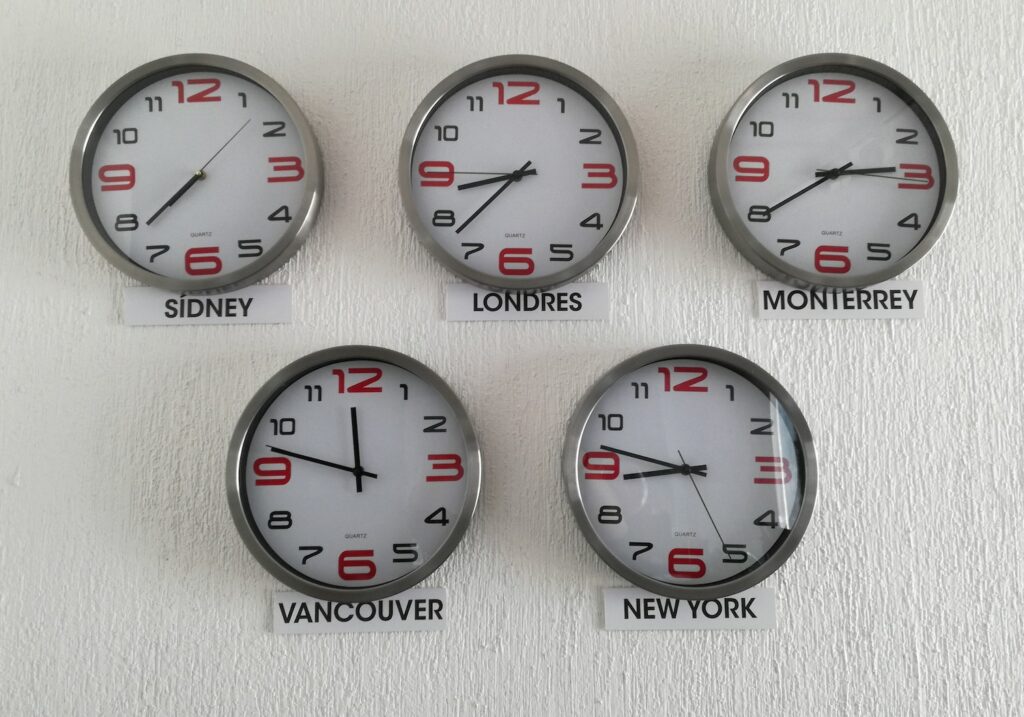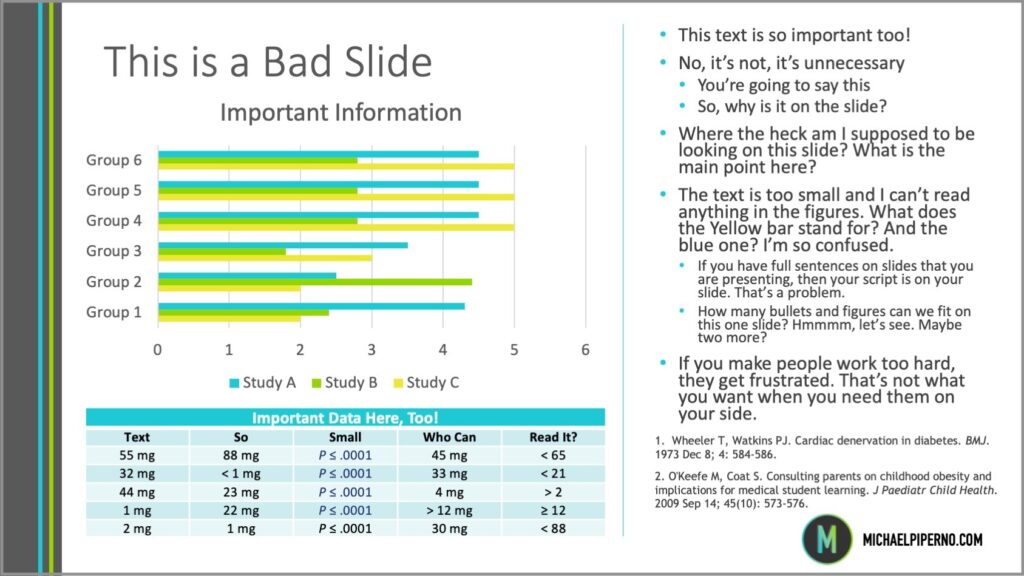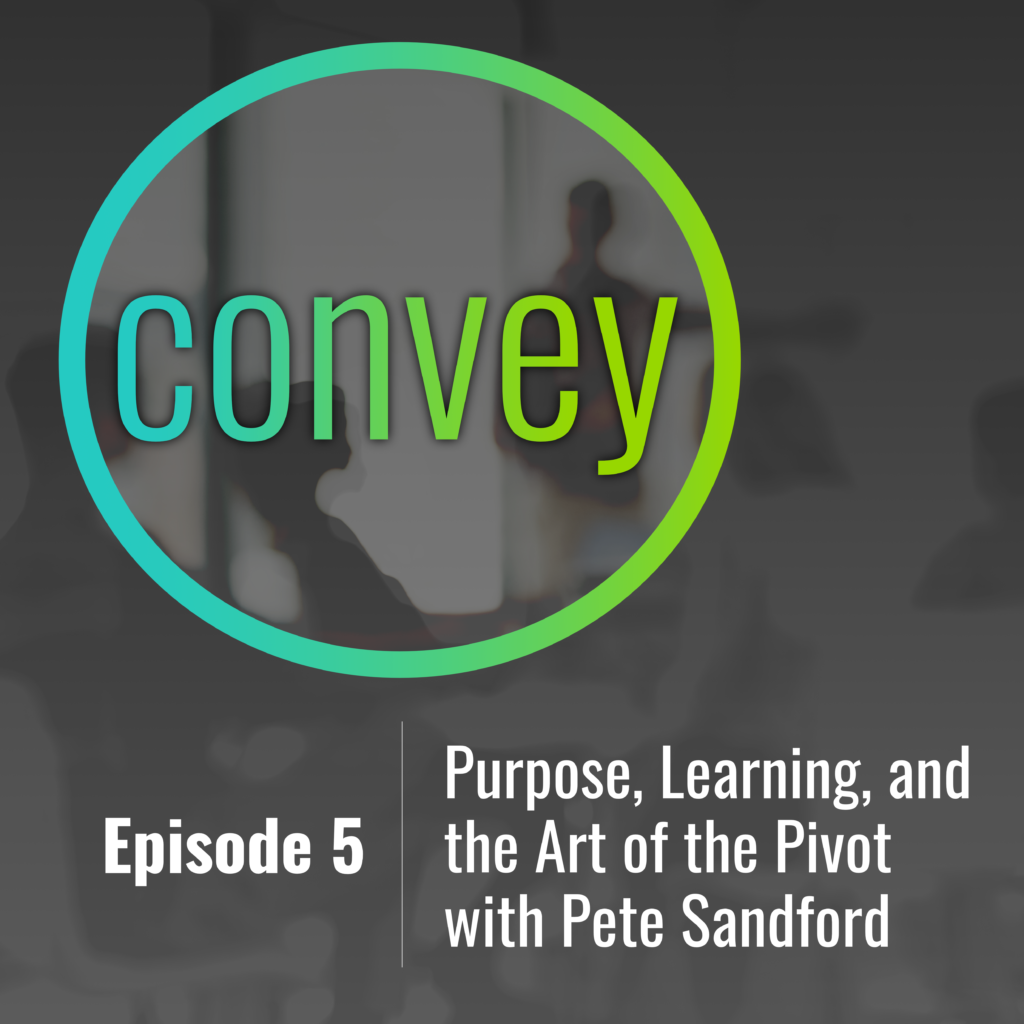Your Team Needs to Hear That You Value Them
Your team is your greatest asset. You know that. But life, work, and the world is moving so fast….
Yes. That’s exactly why you need to make it a priority to make your team members feel seen and valued. Here are some ways to do it.
Recognize Individuality
Acknowledge the unique qualities each team member brings. Embrace diversity—be it in skills, backgrounds, or perspectives. When individual uniqueness feels acknowledged, inclusivity flourishes.
Unleash Superpowers
Identify and leverage the strengths of each team member. Everyone has superpowers that contribute to the team’s success. Use these strengths to fuel motivation and purpose.
Acknowledge Hard (and Good) Work
Don’t underestimate the power of appreciation. Regularly express gratitude for your team’s efforts. A simple “thank you” goes a long way, but adding the “why” goes even further in fostering a culture of value. Some phrases that work: “If it weren’t for you…” or “What you proposed made all the difference….” You get the idea.
Cultivate a Culture of Value
Build a culture where communication is open, feedback is kind and constructive, and everyone’s well-being is a priority. This not only boosts job satisfaction but also creates a resilient and high-performing team.
Success is intertwined with the value each team member feels. See your team, appreciate differences, unleash superpowers, and recognize good work.
Strengthen these bonds, and you’ll cultivate a culture of respect, collaboration, and success.
Communication matters, as does every member of your team.
Your Team Needs to Hear That You Value Them Read More »





